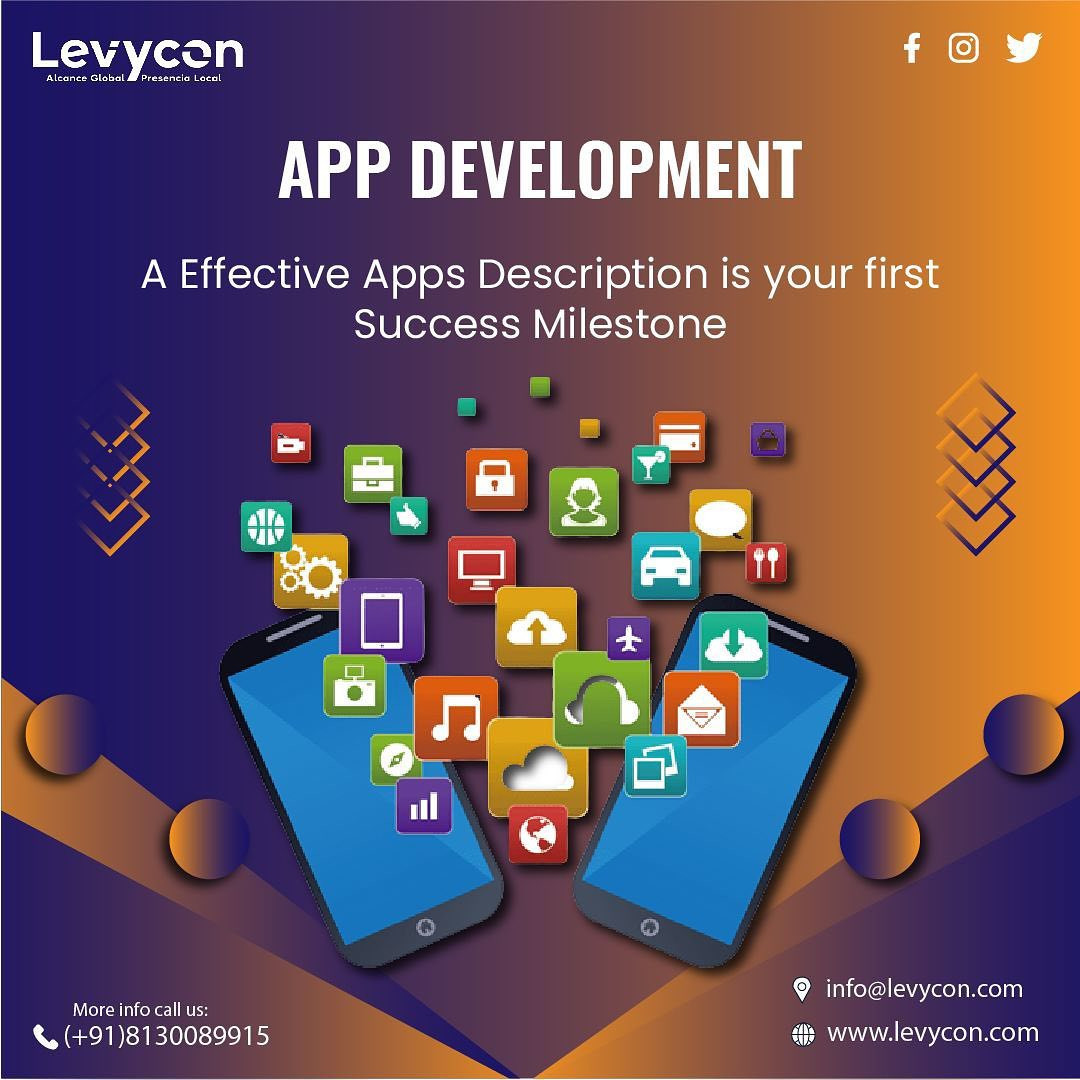HOME | DD
 Lavycon91 — Mobile App Devlopment
Lavycon91 — Mobile App Devlopment

Published: 2023-09-05 10:57:29 +0000 UTC; Views: 95; Favourites: 0; Downloads: 0
Redirect to original
Description
App development, short for application development, is the process of creating software applications designed to run on various computing devices, particularly mobile devices like smartphones and tablets. This dynamic and rapidly evolving field involves a series of steps and tasks aimed at designing, building, testing, and deploying applications that provide specific functionalities and services to users.
1. Ideation and Planning: The app development process often begins with brainstorming and ideation. Developers, designers, and stakeholders collaborate to conceptualize the app's purpose, target audience, and core features. During this phase, a clear vision for the app is established, and a detailed plan is created, outlining the app's functionality and design.
2. Design and User Experience: User interface (UI) and user experience (UX) design are critical components of app development. Designers create wireframes and prototypes to visualize the app's layout, navigation, and overall look and feel. The goal is to create an intuitive and visually appealing design that enhances user engagement and satisfaction.
3. Development: Once the design is finalized, developers begin writing the code that brings the app to life. They choose the appropriate programming languages and development frameworks based on the target platform (e.g., iOS, Android, web). Mobile app development often involves coding for both front-end (the visible interface) and back-end (server-side logic and data management) components.
4. Testing and Quality Assurance: Rigorous testing is crucial to identify and fix bugs, ensure compatibility with different devices and screen sizes, and optimize performance. Quality assurance (QA) testers perform functional, usability, security, and performance testing to ensure the app meets high standards of reliability and user satisfaction.
5. Deployment and Distribution: After thorough testing and refinement, the app is prepared for deployment. For mobile apps, this involves submitting the app to app stores like the Apple App Store or Google Play Store. Web applications may be deployed to web servers. Deployment also includes setting up the necessary infrastructure and ensuring scalability to accommodate user demand.
6. Maintenance and Updates: App development doesn't end with deployment. Ongoing maintenance is essential to address issues that may arise, update the app to support new device features or operating system versions, and respond to user feedback. Regular updates help keep the app relevant and competitive in the market.
7. Marketing and Promotion: In many cases, successful app development includes marketing and promotion efforts to reach the target audience. This may involve digital marketing, social media campaigns, app store optimization (ASO), and other strategies to attract and retain users.
8. User Feedback and Iteration: App developers often gather user feedback through reviews, ratings, and user surveys. This feedback is valuable for making improvements and enhancements to the app in subsequent updates, ensuring it remains useful and enjoyable for users.
In summary, app development is a comprehensive process that encompasses idea generation, design, coding, testing, deployment, maintenance, and ongoing improvement. It requires a multidisciplinary team of professionals, including developers, designers, testers, and marketers, working together to create applications that provide value and enhance the digital experiences of users.






















